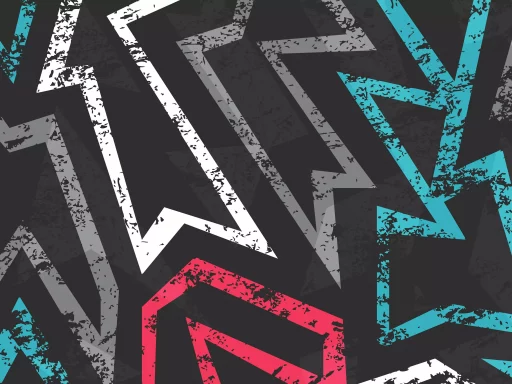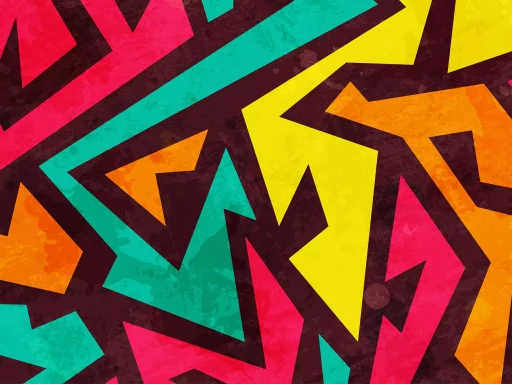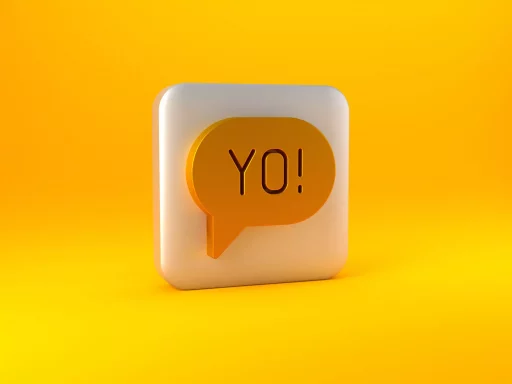What is Chat Slang?
In our increasingly digital world, the way we communicate has evolved significantly. Chat slang refers to the informal language that people use when communicating through text messages and social media. It’s a language characterized by abbreviations, acronyms, and playful expressions that often deviate from standard grammar and vocabulary.
The Evolution of Chat Slang
Chat slang arose from the need for brevity and speed in digital communication. The limitations of character counts on platforms like Twitter, combined with the fast-paced nature of instant messaging, led to the creation of a unique lexicon. For example, “LOL” (laugh out loud) quickly became a standard expression for amusement.
Common Chat Slang Terms and Their Meanings
- LOL – Laugh Out Loud: An expression of amusement.
- BRB – Be Right Back: A quick way to inform someone that you will return shortly.
- GTG – Got To Go: Indicates that a person needs to leave the conversation.
- OMG – Oh My God: Used to express surprise or disbelief.
- TTYL – Talk To You Later: A casual way to say goodbye.
- IMO – In My Opinion: Prefacing a personal viewpoint.
- FOMO – Fear Of Missing Out: The anxiety of missing out on exciting events.
- YOLO – You Only Live Once: A reminder to make the most of the present.
Challenging the Language Barrier
While chat slang serves to streamline communication, it can also act as a language barrier, especially for those unfamiliar with its nuances. A Pew Research Center study found that 95% of teens use a smartphone, showcasing the prevalence of digital communication, but not all users are adept in the new lingo.
Case Study: The Popularity of Chat Slang
A notable case study is the rise of chat slang during the COVID-19 pandemic. With people confined to their homes, online communication surged, particularly among younger demographics. According to a report by Statista, 72% of teenagers increased their use of social media during lockdowns, resulting in a spike in chat slang usage. Terms like “Quarantine Life” and “Stay Safe” became more common as discussions around the pandemic began heavily populating chats.
The Role of Chat Slang in Digital Communication
Chat slang serves multiple purposes beyond mere brevity. It fosters community and belonging, especially among younger generations. Additionally, it can convey emotions and tones that text alone might lack. A smiley face or an acronym can often clarify the intention behind a message, making communication feel more personal and engaging.
Statistical Insights on Chat Slang Usage
- 85% of respondents in a 2022 survey acknowledged using chat slang in everyday conversations.
- 63% of millennials and Gen Z reported that they feel using slang enhances their digital communication.
- According to a linguistic study, chat slang enhances the perceived intimacy of conversations, making text communication feel closer to face-to-face interactions.
How to Adapt to Chat Slang
For those new to chat slang, adapting can feel daunting. However, some strategies can help improve understanding and usage:
- Context is Key: Pay attention to the context of the conversation to deduce meanings.
- Ask for Clarification: Don’t hesitate to ask what unfamiliar terms mean.
- Practice: Engage in conversations with younger individuals who frequently use chat slang.
Conclusion
Chat slang is an ever-evolving aspect of digital communication. While it presents both opportunities for connection and potential barriers to understanding, it reflects the creativity and adaptability inherent in human communication. Whether you’re a seasoned user or new to the lingo, embracing chat slang can enrich your digital interactions and bring you closer to your conversational partners.






